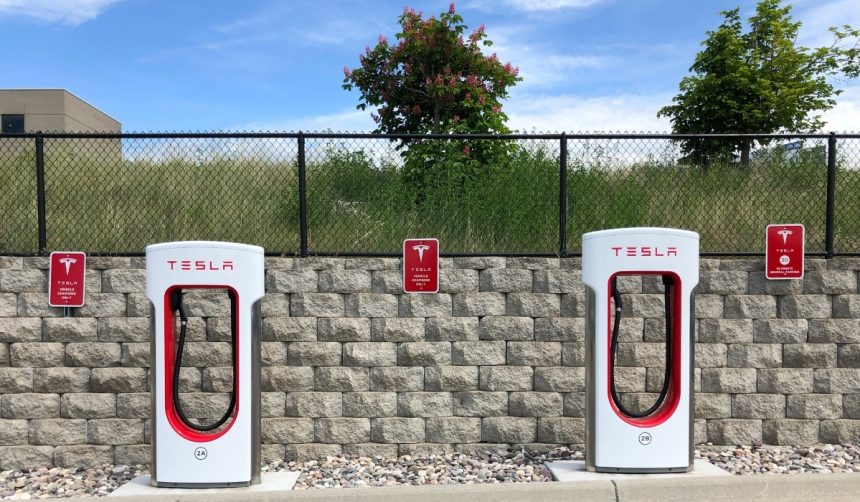The dynamics of autonomous vehicle regulation gained momentum as United States Department of Transportation (USDOT) Secretary Sean Duffy visited Tesla‘s Gigafactory Texas. With Tesla’s increasing role in pioneering autonomous technologies, the spotlight on how regulation can keep pace with innovation becomes more pronounced. Enhancing cohesive standards over a state-by-state approach stands as a pressing question in the advancement of self-driving technology. As the debate unfolds, it underscores the intersection where industry progress and regulatory frameworks must find alignment for future advancements.
Historically, different iterations of autonomous vehicle regulations have been debated. While several states have independently developed frameworks for self-driving technologies, the lack of a national standard has introduced challenges. The past discussions have seen various administrations grappled with balancing innovation encouragement and safety assurance. These dialogues have often revolved around achieving a streamlined approach amidst diverse state regulations, highlighting the complexities involved in fostering a unified national policy.
How Did Duffy’s Visit Unfold?
USDOT Secretary Sean Duffy emphasized the importance of collaboration in innovation as he toured Tesla’s Gigafactory Texas. During his visit, he acknowledged Tesla’s role in driving the United States forward technologically.
“Tesla is one of the many companies helping our country reach new heights,”
Duffy remarked, reflecting Tesla’s position as a technological leader. His visit provided a platform to discuss key issues such as the need for forward-thinking policies.
Why Push for a National Standard?
The push for a national standard in autonomous vehicle regulations forms a crucial part of the agenda during Duffy’s conversation with Tesla CEO Elon Musk. Musk expressed support for a cohesive regulatory approach,
“It’d be wonderful for the United States to have a national set of rules for autonomous driving,”
emphasizing the fragmentation issue caused by varied state regulations. This shared vision showcases the industry’s need for a comprehensive, singular framework.
What Could Be the Impact of Unified Rules?
Having unified rules could vastly improve the efficiency and safety of autonomous vehicles across the country. Duffy noted that USDOT’s aim is to streamline these regulations by consolidating data from autonomous vehicle companies.
“You can’t have 50 different rules for 50 different states,”
he emphasized, underscoring the challenges of current legislation. A national standard could facilitate more consistent technological development and public acceptance.
The path towards establishing a national standard for autonomous vehicles is lined with technological promise and regulatory challenges. The discussions arising from Duffy’s visit to Tesla highlight the broader discourse on innovation management within regulatory frameworks. Establishing a seamless policy requires careful consideration of innovation while ensuring public safety. As the industry continues to evolve, how these challenges are addressed will significantly impact the trajectory of autonomous technologies.










